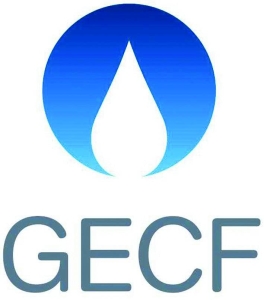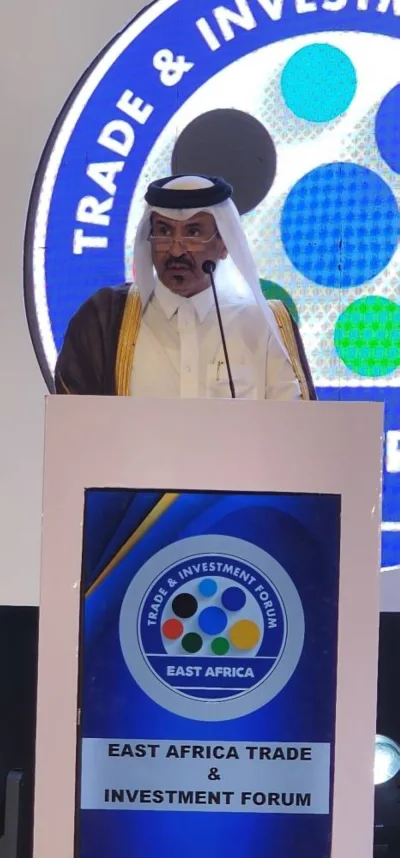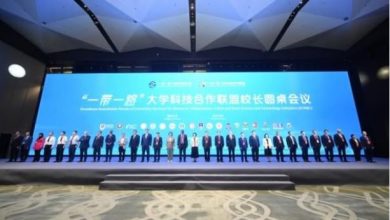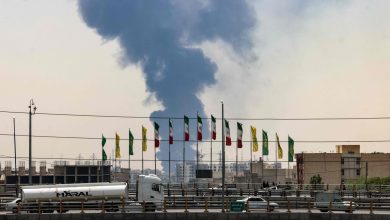Middle East region requires $1.1tn investment until 2050 to achieve projected natural gas production: GECF

[ad_1]
Qatar is estimated to account for 14% of the required investment until 2050, GECF said.
Iran, Qatar, Saudi Arabia, and the UAE are poised to account for 87% of the gas upstream required investment in the region, the report said.
The Middle East region holds substantial natural gas reserves and significant potential for further production growth, the outlook said.
Looking ahead to 2050, the outlook anticipates a significant surge in natural gas production, with the region projected to reach 1,165 bcm by 2050. This additional increase of 480 bcm is expected to elevate the region’s share in global natural gas production to 21% by 2050, up from its 17% share in 2022.
According to GECF, the majority of upstream investments are expected to be directed toward conventional gas reservoirs, while unconventional assets are anticipated to require 28% of the investment in the region, specifically in the UAE, Saudi Arabia, and Oman.
In 2022, Qatar’s upstream capital investment witnessed a remarkable doubling, reflecting an increase of $2.2bn.
This surge, GECF noted, can be attributed to two substantial expansions within the world’s largest natural gas field, the North Field.
“The outlook considers the initiation of both the North Field East and North Field South expansions, slated for 2026 and 2028 respectively. These expansions are anticipated to propel Qatar’s production to 310 bcm in 2050, requiring a total upstream investment of $160bn,” GECF said.
Global gas production is anticipated to reach 5.3 tcm by 2050, GECF said.
Achieving this substantial growth in gas supply will necessitate sustained investment across all segments of the natural gas value chain.
The natural gas sector is expected to require $9tn of investments along the value chain.
The total upstream global investment required is projected to amount to $8.2tn.
The lion’s share of gas investments is expected to be allocated to conventional assets, accounting for $5.3tn.
In contrast, unconventional investments are projected to make up $2.8tn, representing 34% of the total global upstream gas investment.
Natural gas investment exhibits regional disparities in distribution. In that order, leading the way in upstream investment are the Asia Pacific and North America, followed by Eurasia, Africa, the Middle East, Latin America and Europe.
GECF noted the differences in required capital expenditure across regions can be attributed in part to factors like the type of hydrocarbon, location, and project type of natural gas supply. Globally, the projected rise in natural gas supply is anticipated to primarily come from non-associated conventional hydrocarbons located in offshore and YTF fields.
However, the degree of this transition varies from region to region. As a result, the capital expenditure necessary for each unit of marginal production varies across these regions. This divergence is likely to impact the allocation of invested funds and consequently influence natural gas prices, GECF said.
[ad_2]
Source link






